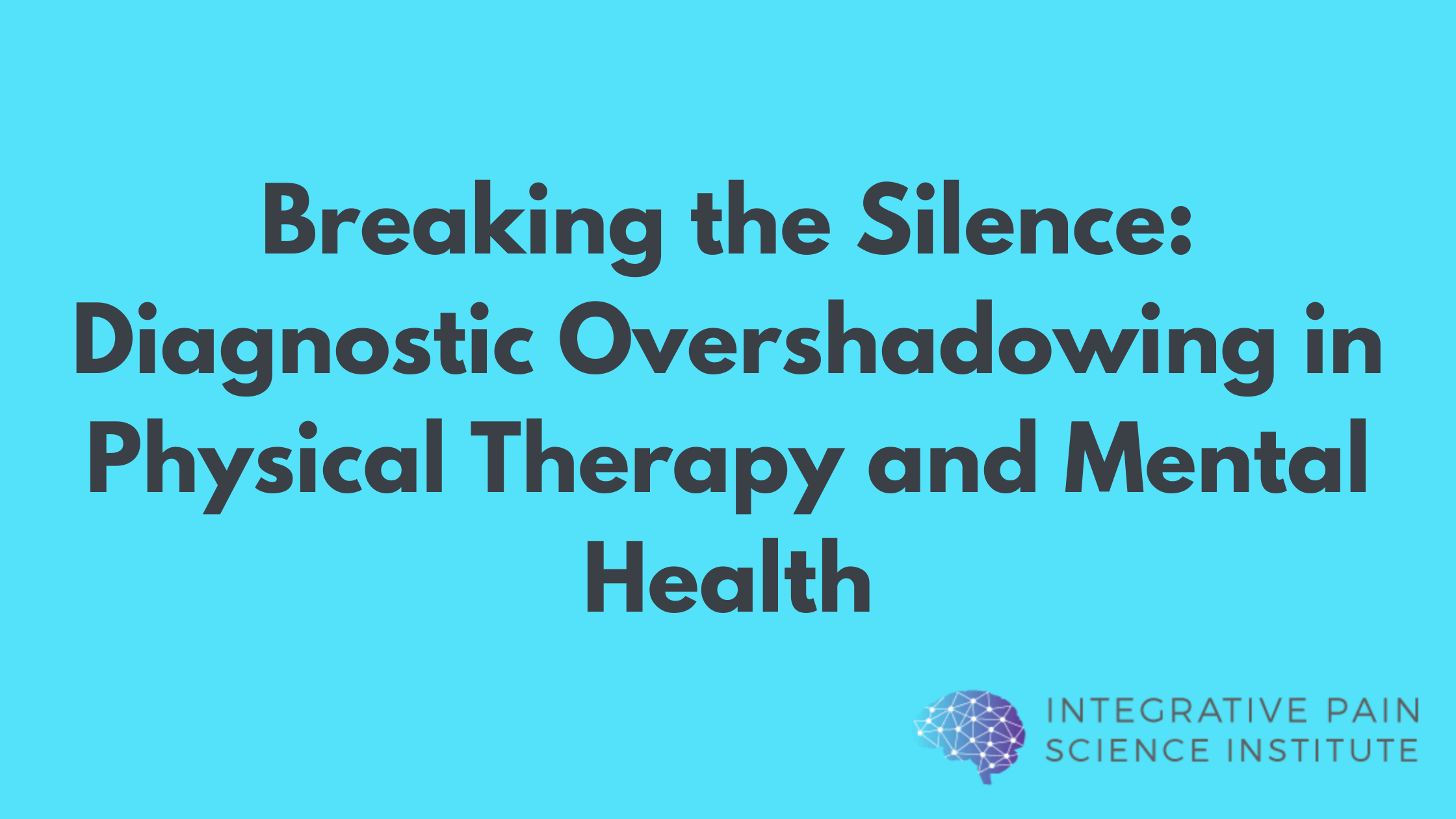Research suggests that both traditional and selective COX-2 inhibitor NSAIDs can increase the risk of acute myocardial infarction. An instance of the heightened risk associated with prolonged NSAIDs use can be seen in the case of rofecoxib (Vioxx, Ceoxx, and Ceeoxx), which was withdrawn from the market in 2004 due to concerns about increased risk of myocardial infarction and stroke associated with long-term, high-dosage use.
While this is just one such example of the risks of prolonged NSAIDS use, the risk timing, the dose effect, treatment duration, and comparative cardiovascular risks between NSAIDs currently on the market are all poorly understood.
Research suggests that NSAIDs can increase the risk of acute myocardial infarction Share on X
In previous research, randomized control trials have been of limited use for assessing the risk of acute myocardial infarction, which is inherently a rare condition. These studies often had small cohorts and were poor comparisons for the general population, as they excluded many patients from their study and rarely included a placebo group.
A recent study published in The BMJ sought to clarify these concerns.
The researchers analyzed individual patient data available from studies published in healthcare databases to determine the risk timing of acute myocardial infarction, the effects of dose, and the effects of continuous use for the primary NSAIDs on the market today, including:
- Celecoxib (Celebrex, Onsenal)
- Diclofenac (Cambia, Cataflam, Voltaren)
- Ibuprofen (Advil, Motrin, Nuprin)
- Naproxen (Aleve, Naprosyn, Naprelan)
 Using a very large clinical sample (61460 cases and 385303 controls for a total number of 446763 individuals), the study was designed to capture the complex nature of NSAID use in the real world, taking into account the combined effects of dose and duration.
Using a very large clinical sample (61460 cases and 385303 controls for a total number of 446763 individuals), the study was designed to capture the complex nature of NSAID use in the real world, taking into account the combined effects of dose and duration.
Treatment duration was broken down into 3 subgroups: 1-7 days, 8-30 days, and longer than 30 days. Quantified low and high dose values for the four common NSAIDs were based on the individual patient data and included:
- Celecoxib – ≤200 mg/day or >200 mg/day
- Diclofenac – ≤100 mg/day or >100 mg/day
- Ibuprofen – ≤1200 mg/day or >1200 mg/day
- Naproxen – ≤750 mg/day or >750 mg/day
The results suggest that taking any dose of NSAIDs for either of the 3 treatment duration subgroups was associated with an increased risk of acute myocardial infarction:
- Onset of risk for acute myocardial infarction associated with NSAID use increases immediately upon exposure
- There is a dose-effect relationship between increasing daily dose of NSAIDs and increased risk of acute myocardial infarction
- A longer duration (greater than 1 month) of treatment with NSAIDs does not generally seem to be associated with greater probabilities of increased risk of myocardial infarction
- There is a decreased risk of acute myocardial infarction over time since the last dose of NSAIDs
All NSAIDs, including naproxen, were found to be associated with an increased risk of acute myocardial infarction. There is a rapid onset of risk for acute myocardial infarction during the first week of use. NSAIDs use for 8-30 days at a high dose was particularly adverse for ibuprofen (>1200 mg/day) and naproxen (>750 mg/day)
While it has been shown that current use of common NSAIDs is associated with a significantly increased risk of acute myocardial infarction, it should be noted that this risk is still much smaller when compared to the increased risk associated with the discontinued rofecoxib.
It is vital for individuals to be aware of the associated increase in risk for acute myocardial infarction if they are beginning a course of treatment on any of these medications. Those who are predisposed to adverse cardiac events may be especially vulnerable and should discuss the potential risk and benefits of prolonged NSAIDs use with their physician.



